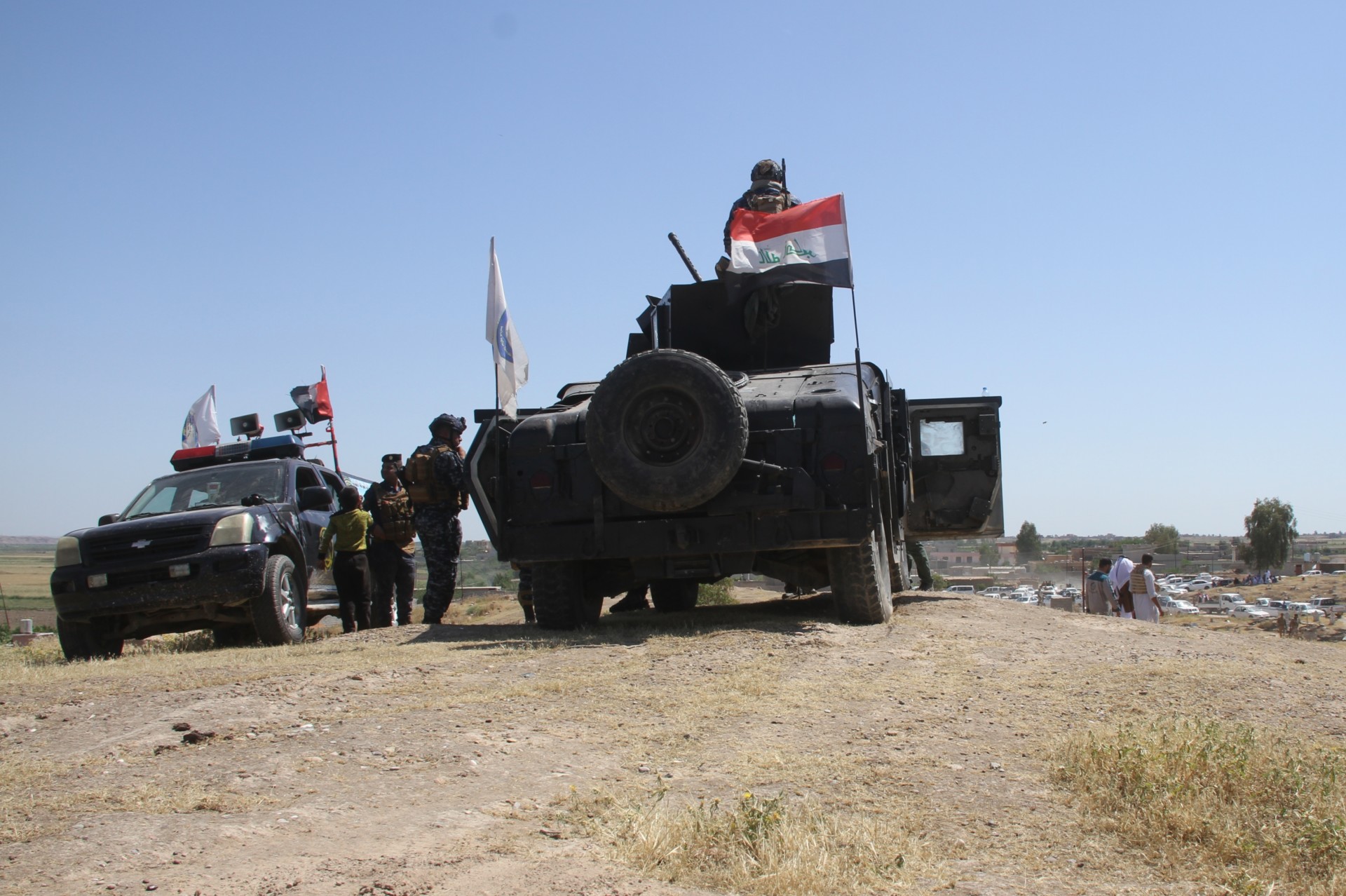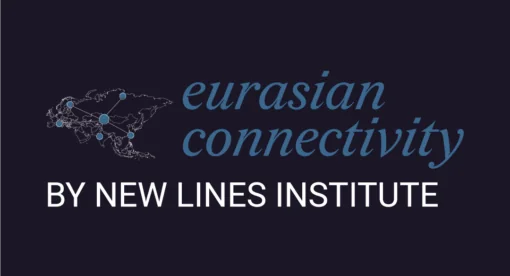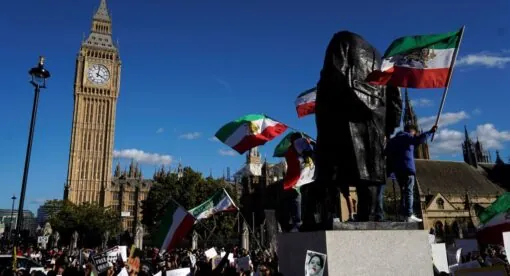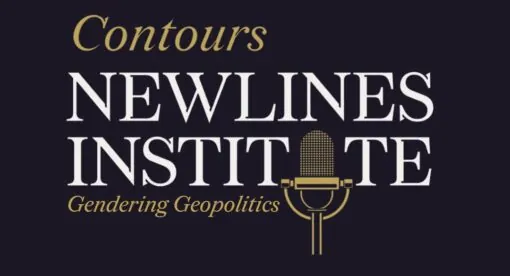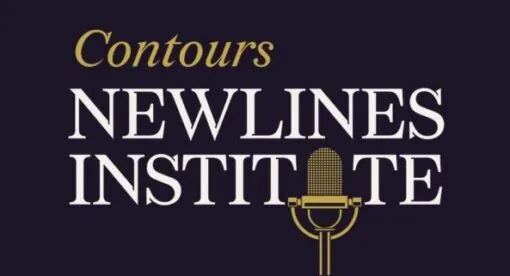Editor’s Note: This intelligence briefing is part four of “ISIS 2020” – a series of briefings about the current status of the Islamic State by authors from different parts of the region. It is published by the Newlines Institute’s Nonstate Actors program. Parts one, two, and three were released on April 28, May 5, and May 12, respectively.
After the loss of its caliphate last year, ISIS overhauled its structures. A clearer picture of its post-caliphate leadership has emerged from details gathered by Iraqi intelligence agencies. Below is an exclusive analysis on the group’s efforts to revive itself institutionally under new management.
In a July 2016 video communique, ISIS provided details of the structure of its caliphate, which it claimed consisted of 35 wilayat (provinces), with 19 in Syria and Iraq. The organization also had 14 diwans (ministries) and five departments responsible for remote provinces, public and tribal relations, research and studies, immigration, and issues related to deceased or captured members.
Some 43 of its known founders were killed during the 2017-2019 campaign, including its leader, Abu Bakr al-Baghdadi. Besides those core leaders, 79 key mid-level commanders were killed, in addition to hundreds of field and logistical commanders. Importantly, both Iraqi and U.S. intelligence sources confirmed that the new leader of ISIS, identified by the group only as Abu Ibrahim al-Hashimi al-Qurashi, is Ameer Muhammed Saeed al-Salbi al-Mawla, a long-standing leader from Tal Afar in northern Iraq.
Only a minority of ISIS forces are engaged in active combat in some areas in northern and central Iraq. Beneath the new “caliph,” there are two high-level committees: a five-member Shura (Consultative) Council, headed by Hajji Juma Awad al-Badri, al-Baghdadi’s brother; and a five-member Delegated Committee (the highest executive body) led by Sami Jassim al-Jubori. Each member of the latter is in charge of a portfolio (security, safe houses, religious affairs, media, and funding). A notable change is that the Delegative Committee has further decentralized the various sectors on a local level, which operate semi-autonomously and are financially self-sufficient, and reduced suicide bombings to a minimum.

ISIS now consists of 14 wilayat, five ministries and one department (for immigration and administration of the remote wilayat). At the height of its strength in Iraq and Syria, in December 2014, ISIS had 36,000 fighters divided into three “armies:” Jaish al-Khilafa (the Caliphate Army), Jaish al-Usra (named after the last campaign ordered by Prophet Muhammad), and Jaish Dabiq (named after the town in northern Syria mentioned in reports attributed to the Prophet’s sayings). During the group’s last battles in the Euphrates River Valley, ISIS’s fighting force was reduced to only one, renamed Jaish Khalid (after the famous 7th-century Muslim commander Khalid bin al-Waleed), with around 4,000 active fighters. Today, ISIS has between 3,500 and 4,000 active fighters and 8,000 inactive ones spread across 11 regional sectors in Iraq. Of the active fighters, just more than 2,000 are concentrated in a set of “triangles of death” in different parts of the country. This new structure is a function of mobility, security operations, generation of funds, recruitment, and finding safe havens.


ISIS continues to use some of the same old methods for internal communications. For example, three layers of couriers use cryptic written and verbal communication: one between the different wilayat, another one with the leadership of each wilayat, and then another among the sectors within a wilayat. Known individually as “al-rabta” (connector) these couriers represent key points of vulnerability within the organization and have caused many problems for the group since inception. These troubles include delays in relaying orders and information within the organization as well as the capture or killing of its senior leaders. Consequently, ISIS has tightened its mechanisms to ease internal communications and further restricted the use of technology.

These changes have enabled the organization to restore some of its lost agility and to focus on its specific objectives. In Sunni-majority areas, for example, it is focused on the dual strategy of intimidation and reconciliation with local communities, as it waits for renewed chaos or the departure of international counterterrorism forces.
Dr. Husham al-Hashimi was a Nonresident Fellow with the Newlines Institute. Dr. al-Hashimi was a leading security expert focusing on Islamist movements who advised the U.S.-led coalition to defeat the Islamic State. Al-Hashimi was also a member of the Iraq Advisory Council, a group of experts based in Iraq. He Tweeted at @hushamalhashimi.
The views expressed in this article are those of the author and not an official policy or position of the Newlines Institute.

